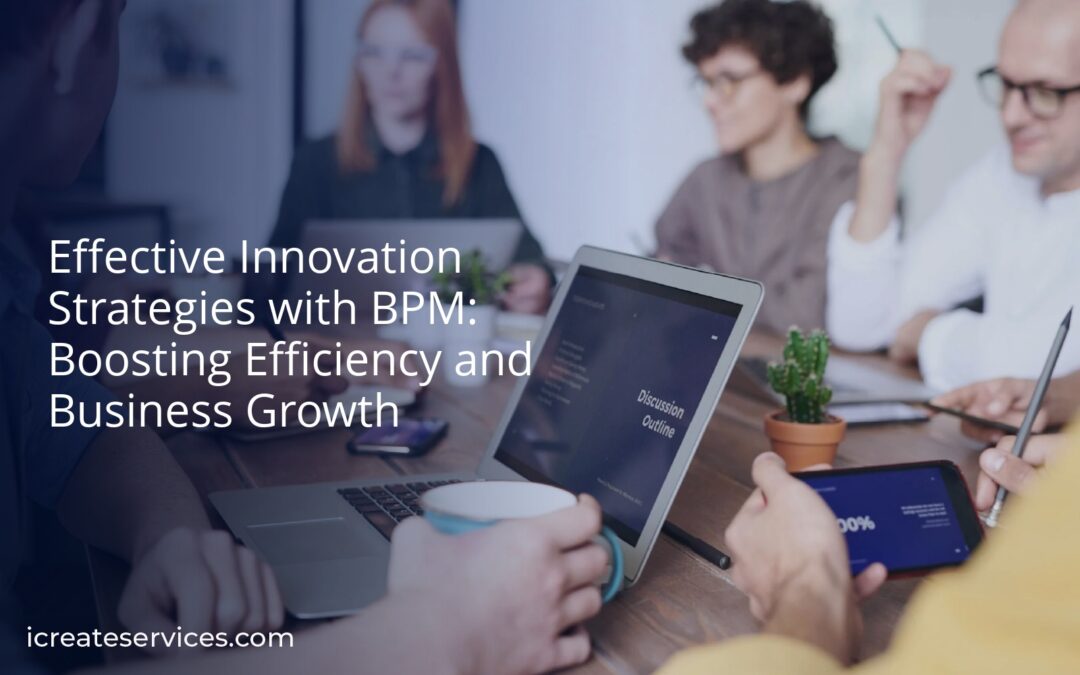
by Jeanette Bennett | Apr 28, 2024 | Business Process Education, News
What Is BPM? Business Process Management (BPM) involves the systematic improvement of business processes to enhance efficiency and productivity. BPM uses various methods, tools, and technologies to optimize workflows, ensuring that tasks are completed efficiently. It...

by Jeanette Bennett | Apr 26, 2024 | Business Process Education, News
Understanding how Business Process Management (BPM) and innovation intersect is crucial. BPM is instrumental in refining operations, while innovation drives business growth. Definition of BPM Business Process Management (BPM) refers to the systematic approach used to...

by Jeanette Bennett | Apr 15, 2024 | Business Process Education, News
Business Process Management (BPM) focuses on improving corporate performance by managing and optimizing a company’s processes. BPM involves the application of methods, techniques, and technology to design, model, execute, monitor, and optimize business...

by Jeanette Bennett | Apr 14, 2024 | Business Process Education, News
Process engineering focuses on designing, analyzing, and optimizing workflows and processes within organizations. By systematically reviewing each step of a process, we can identify inefficiencies, redundancies, and areas for improvement. This disciplined approach...

by Jeanette Bennett | Apr 11, 2024 | Business Process Education, News
Understanding Workflow Automation Workflow automation refers to the use of technology to streamline and automate business processes. By integrating software applications, we can ensure tasks are completed more efficiently and accurately. This system can handle...

by Jeanette Bennett | Mar 25, 2024 | Business Process Education, News
Understanding BPM and Business Agility Business Process Management (BPM) involves the systematic approach to optimizing an organization’s processes. BPM incorporates aligning resources, establishing performance metrics, and continually re-evaluating workflows....










